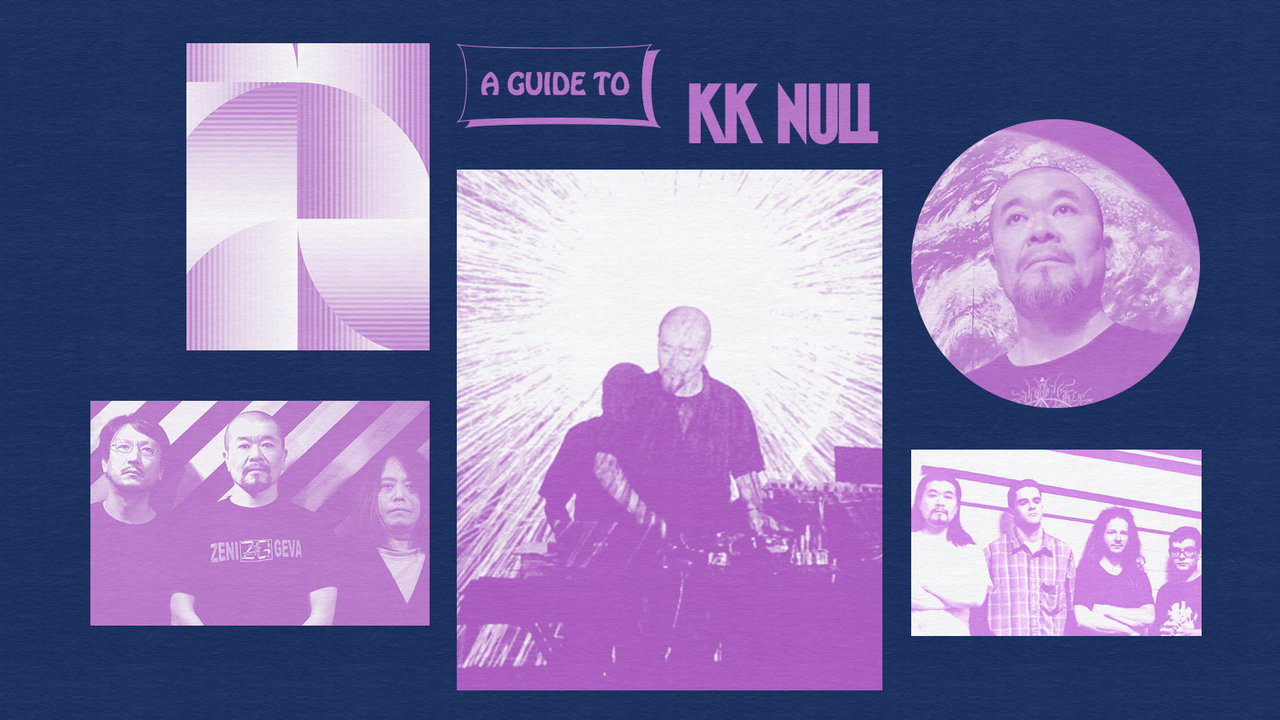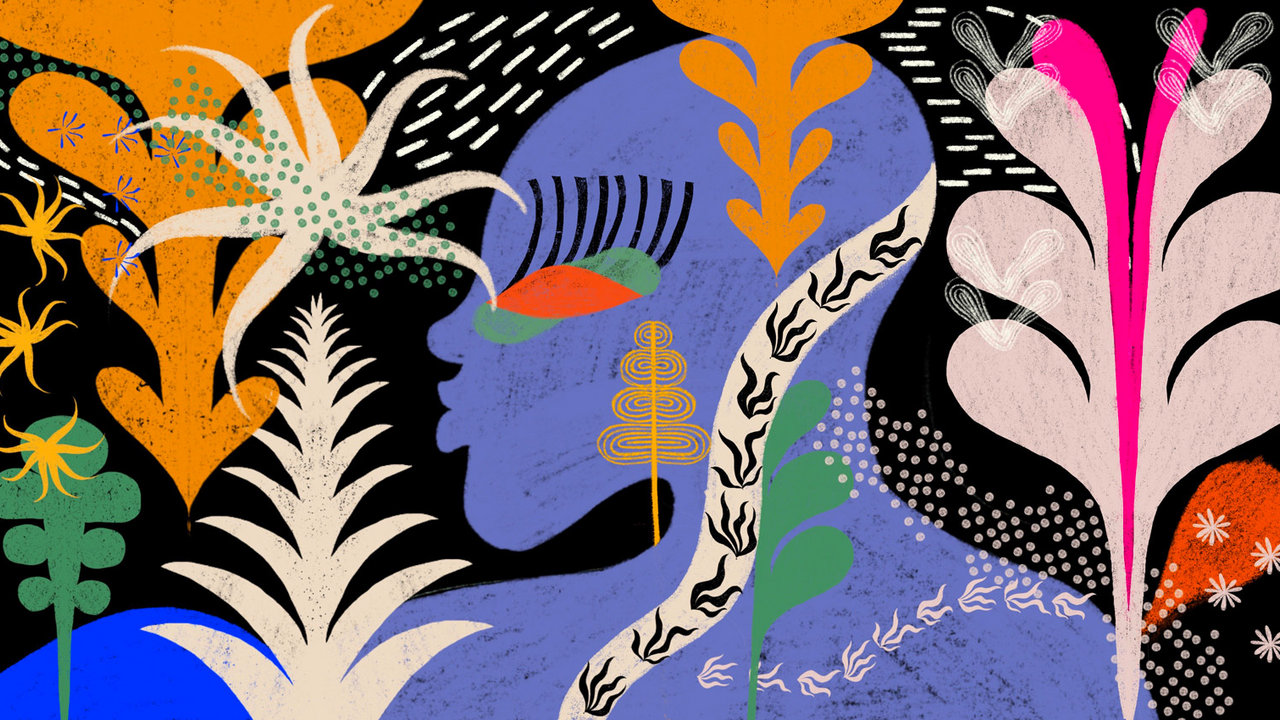





Vinyl LP




A museum display changed Garth Erasmus’s life. In the early ‘80s, he was a painter struggling with his art’s relationship to the political situation in apartheid South Africa. During a state of emergency in 1985 which locked down many areas of Cape Town, he visited the Iziko South African Museum. There, he saw dioramas of the Khoi and San peoples of Southern Africa. What absorbed him most were the sculptures of musicians with musical one-stringed hunting bows stuck in time, mute, behind the glass. Erasmus had an epiphany: he would move away from painting and start recreating these instruments. “I did a very simple thing,” he explained in an interview. “I had no idea what these musical instruments sounded like, but I had a clear idea of what they looked like. So I simply had to use my initiative and build something similar and find out what the music was.”
That museum glass serves as a powerful metaphor in Erasmus’s work. The Khoisan peoples continue to advocate for rights to land taken from them in a brutal history of colonialism, but their culture is often treated as an anthropological curiosity, a relic of the past only fit for study. By making riveting music with instruments inspired by the Khoisan, Erasmus demonstrates that their culture is alive and well and unmistakably contemporary. On Threnody for the KhoiSan, he plays a variety of instruments designed after that day at the museum, from the simple Khoisan bow, a curved piece of wood fashioned with a single string and a calabash resonator, to the blik`nsnaar, a basic guitar made with an oil can. Combining these with saxophone, clarinet, kalimba, and keyboards, Erasmus invests his decades of political activism into a heady fusion of traditional Southern African music, free jazz, and avant-garde composition.
Threnody for the KhoiSan is a lament for the Khoisan peoples, as its name suggests, but also a celebration of Erasmus’s heritage. He showcases instruments from Khoisan musical culture on tracks like “Amaseh Amen,” a simple but captivating piece for the mouthbow supported by his delicate melodic singing. “Mcinci Song I” is a typical song for the mcinci flute, an instrument made of reeds and traditionally played by shepherds. Elsewhere, Erasmus embraces a range of genres, from the moody ambient synth paired with blik`snaar on “Terug Blik” to the free jazz sax workout with percussionist Andrea Dicò on “Lockdown Duet.” Yet his most remarkable skill is not the ability to play these instruments or genres, but to adapt them to his own vision. Despite the wide breadth of sounds, Erasmus’s voice is unerringly consistent and pressing.
One of the most urgent songs here is “Morenga,” which features a thrumming bass beat and distant, frenzied vocals. The piece is dedicated to Jacob Morenga, a leader of the resistance to German occupation of South West Africa from 1904 to 1907 and a national hero in Namibia. Morenga’s fight continues as the indigenous peoples of Southern Africa struggle to regain what they lost during the colonial era. Threnody for the KhoiSan is a reminder that this history is still vividly present—not in a museum display, but in the daily lives of the Khoisan.







